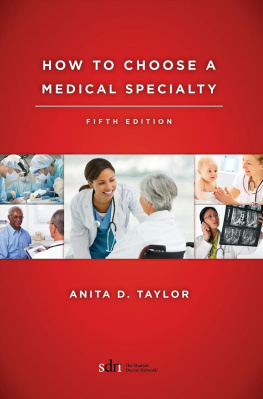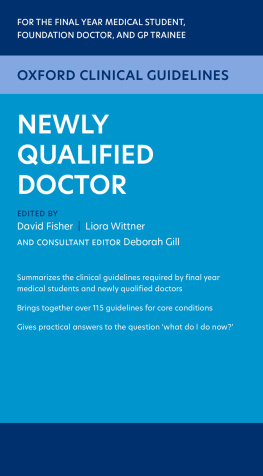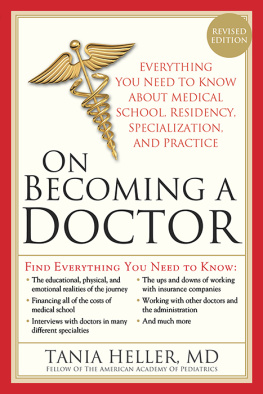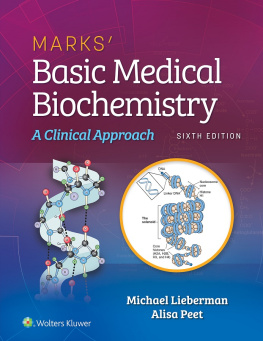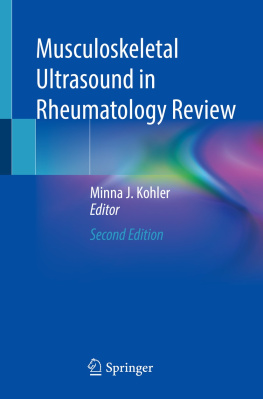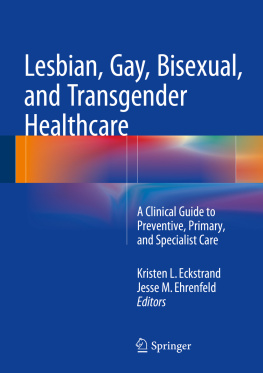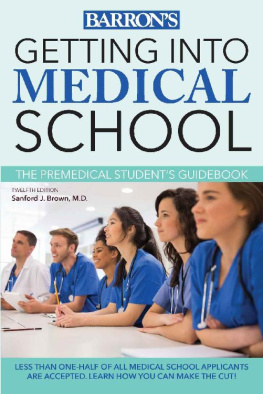SCOTT THOMAS HADDEN, M.D.
TANIE HOTAN, M.D.
RIMA CHAMIE, M.D.
MATTHEW D. WAGNER, M.D.
DEVON GREER, M.D.
BRITTANY MILLARD-HASTING, M.D.
JESSE SCHONAU, M.D.
PREFACE
THIS YEAR IS THE 26th ANNIVERSARY OF THE PUBLICATION OF the first edition of How to Choose a Medical Specialty. In 1986 I wrote this book because medical students were apprehensive about having to choose their lifetime careers without the facts they felt they needed to make an informed decision. Seven years later the second edition of this book was written as an adjunct to the increasing availability of resources developed by medical school administrators, such as career advisory systems and programs on choosing a medical specialty and applying for residency positions. In 1997 the Association of American Medical Colleges (AAMC) and the American Medical Association (AMA) announced a joint initiative to "develop strategies, materials and real-time data to assist students with the process of career planning," making extensive use of web-based technology. Clearly, the medical education system was paying attention to the important issue of medical student career choice, but the 3rd edition, published in 1999 with a revised printing in 2001, was needed to address the rapidly changing medical marketplace and expanding specialty and practice location options. After completing the 4th edition of the book in 2003, I decided that because students and faculty had access to information on the medical specialties and residency applications on multiple websites this would be the final edition. And yet, as I travel around the country speaking to medical students and faculty members on their campuses and at national medical student meetings, I find a continuing need for material from one authoritative source in hard copy that can serve as both an information source and a personal workbook. This is why there is now a 5th edition.
The goal of the book remains the same as in the first edition: to serve as a guide to self-discovery and a resource for information on the specialties in medicine based on physicians' comments and authoritative references.
The book continues to offer specific guidelines and individual worksheets for students to complete as they learn about the specialty options in medicine. Filling in these pages has helped students sort out their thoughts and feelings as they recorded their attitudes, values, and preferences. Therefore, in Part 1 of the book, I have retained the guidelines and worksheets for you, the reader, to complete. I believe that this activity will give you a sense of control over your decision making and the book will become an important part of your life narrative. Also, in Part 1, I have discussed the current controversy about workforce projections. At the end of this chapter are the data from the graduating classes of 2010 and 2011 concerning their specialty preference pre-first year and at graduation. This is in response to an increasing need to prepare students for specialty decisions and residency applications in light of increasing class sizes and an unchanging number of residency positions.
Part 2 of the book describes the 26 American Board of Medical Specialties (ABMS) approved medical specialties and selected sub-specialties. I have added new information and references in each of the chapters from the fourth edition. Part II has an updated summary of focused data called "Fast Facts," at the beginning of each specialty chapter, a feature requested by student readers.
Part 3 continues to focus on the emerging specialty areas of addiction medicine, administrative medicine, adolescent medicine, critical care medicine, geriatric medicine, hospice and palliative care medicine, sports medicine and women's health, updating information on each.
The addition of a new section of the book, Practice Options, Part 4, in the third edition, has proved to be right on target. Physicians either immediately after completing their training years or in mid-career are seeking practice settings that fit their non-medical as well as their medical interests. I believe that the type of practice setting you desire needs to be considered when choosing your specialty. I have updated information that discusses practice options both in clinical and non-clinical settings as well as "niche" and part-time opportunities. Included in this section are the opportunities for those with combination degrees, such as MD/JD, MD/MPH or MD/PhD.
Part 5 updates information on the process of applying to residency programs, including the Electronic Residency Application System (ERAS). There is new information in the chapter Military Programs and I have retained the popular chapters The Couples Match, What Happens If I Do Not Match?, and Changing Specialties During Residency and Afterwards.
As I discuss specialty choice with medical students, I am increasingly aware of the important role of the spouse or partner in this process. I urge you to openly include him or her in this very important step in your life, allowing a sharing of feelings and perceptions as you support each other in your endeavors.
I encourage readers to continue to write, telephone, or talk to me about suggestions for the book. I thank the more than 350 physicians who shared their perceptions on the various areas of medicine, the residency directors and faculty members at the Oregon Health Sciences University (OHSU) who reviewed the specialty chapters and gave their thoughts on residency application, and the numerous individuals in the medical associations and specialty societies who have suggested resources and shared information. I especially appreciate the assistance of Molly Osborne, Ph.D., M.D., OHSU Associate Dean for Student Affairs. At the Student Doctor Network I thank Laura Turner for her initial contact and proposal for me to write a 5th edition. And to Robert B. Taylor, M.D., my personal and professional partner, thank you for being there at all times.

